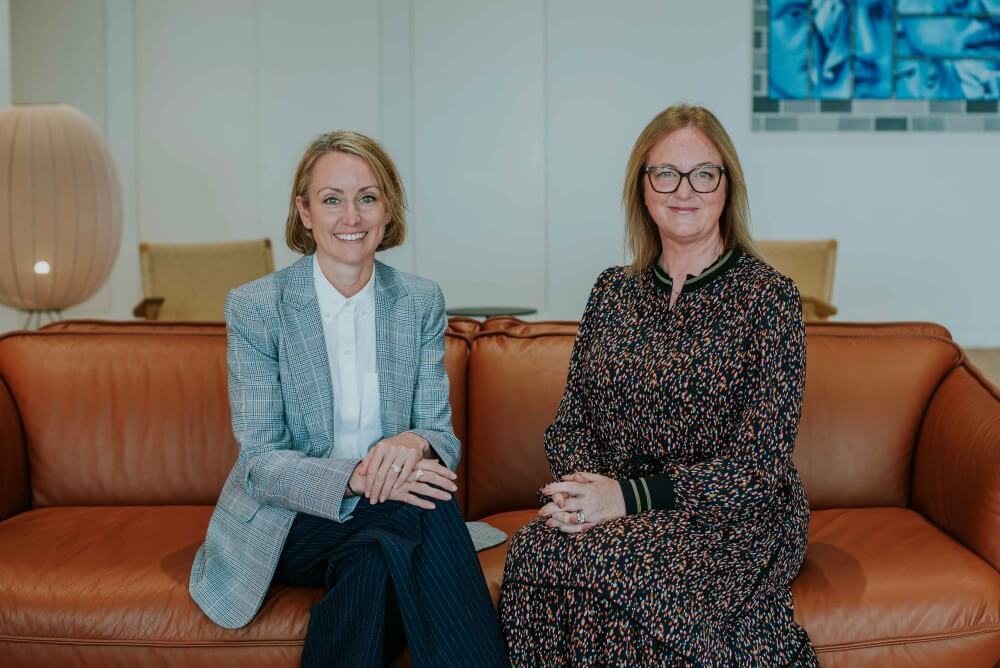
26 September, 2025
Montagu Evans Launch 2025 Corporate Social Responsibility Report
Learn more ↗
Our team had a fantastic time at UKREiiF 2025, taking the opportunity to reconnect with industry peers, share insights, and explore new opportunities in the investment and property sectors. The event was a fantastic platform for networking, learning, and collaborations that will shape the future of our industry.
We asked some of our team to share their top takeaways. Here’s what they had to say:

23 September, 2025
Learn more

4 September, 2025
Learn more

29 August, 2025
Learn more